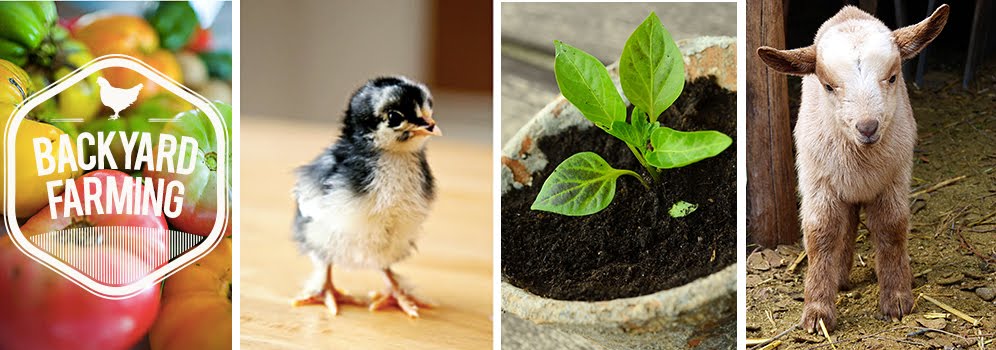It’s hip to be square.

I recently read about an intriguing concept calledsquare-foot gardening. Its founder, Mel Bartholomew, believes that growing vegetables in a square-foot grid produces a large harvest for the least amount of work.
The system’s mainstay is boxed garden beds that are 4x 4 feet, a size that allows you to tend your plants from all sides without ever having to step inside the box. Garden boxes can be longer, but not wider than, four feet.
To maximize efficiency, Bartholomew promotes precise placing of individual crops within each square. Large crops, like broccoli, go one plant per square. Others may be spaced four, nine or 16 per square depending on size. This, and other information about the system, can be found at
www.squarefootgardening.com .
The method employs using a soil mixture of equal parts peat moss, vermiculite and blended compost. Bartholomew says most crops require only six inches of soil, allowing his method to be adapted to containers -- anywhere you want them.
Many of square-foot gardening’s ideals – such as not wasting space with rows; not trampling your soil; and growing up, not out – make a lot of sense to me. Not having done a square-foot garden before, I cannot endorse the system, but am excited to give it a go. I’d love to hear from any of you that have experience with this.
I admit that the thought of using Bartholomew’s recommended soil mixture in my entire garden makes my wallet clench, as large amounts of peat moss and vermiculite can be pricey. I can’t justify the cost of changing out my already-established garden bed just for the sake of experimentation. Plus, I’d already prepared my plot before learning about this.

I do want to try the square-foot crop placement, however, so I made a grid in my 4 x 8 foot bed.
Bartholomew recommends using wood or vinyl slats (such as from leftover blinds) for the grid. I simply put nails in my wooden planter box to anchor lines of yarn.
My 4 x 8 bed gives 32 squares for different crops. I can’t wait to see the patchwork quilt my veggies will create.
I acknowledge that soil is a critical factor to a garden’s success. I feel OK about the soil I’ve prepared in my planter box. But so that I can more fully embrace the square-foot gardening method and evaluate how well it works, I also will make a smaller box and fill it with Bartholomew’s recommended mix.
Bartholomew’s website is mainly an introduction to the subject of square-foot gardening; his book provides a lot more information. I also found a video at my library.
~Jennifer
 Hey everyone - I need your help! This is my 7 week old pullet(young female chicken) that I still haven't figured out a name for. We have named our other babies but still couldn't come up with any fitting for her. Which is bad because I have to say things like, "Come here, you!" instead of something cute so I'm not bonding with her as much as the others. So I thought I could turn to you guys for help!
Hey everyone - I need your help! This is my 7 week old pullet(young female chicken) that I still haven't figured out a name for. We have named our other babies but still couldn't come up with any fitting for her. Which is bad because I have to say things like, "Come here, you!" instead of something cute so I'm not bonding with her as much as the others. So I thought I could turn to you guys for help!














































